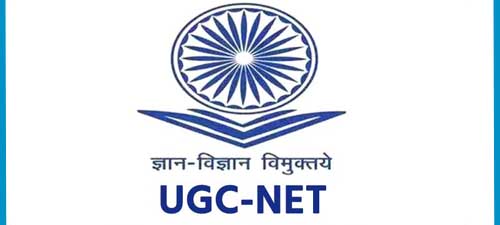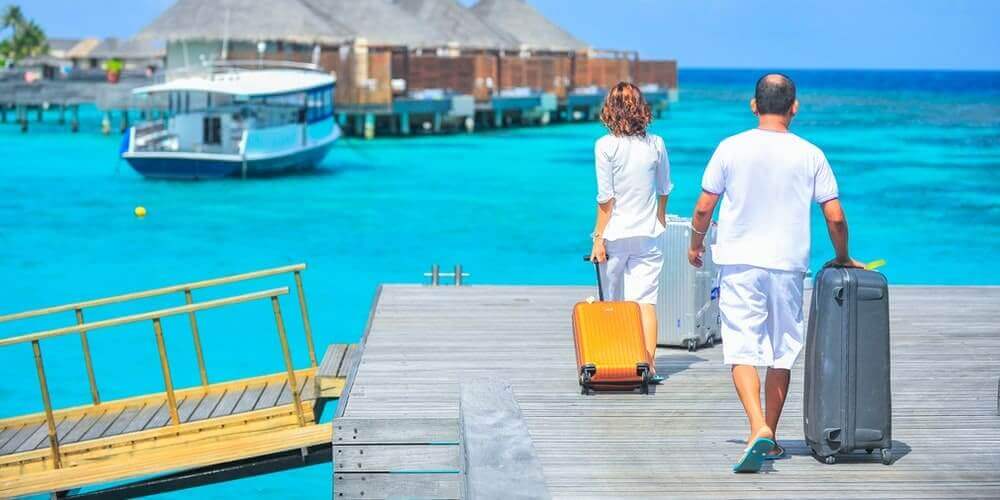Driver of Travel and Tourism in 21st Century: The development and growth of tourism economies in 21st century will be affected by driver such as globalization and competition, cultural capital, events, prosperity and affordability, accessibility.

1. Globalization and Competition
Globalization and localization are two synchronized but apparently contradictory developments that taking place together now. The world is increasingly bipolar between the ‘macro’ and the ‘micro’ development. Now every country is integrally wedged into the global economy and no country can even think of overall prosperity without operating in established and emerging markets. The tourist has more choices and better value of money in this open and globalized world economy due to increased competition.
2. Cultural Capital
Culture is becoming more significant driver for a destination as wealth and educational accomplishment is on rise. The cultural capital of a destination is sum total of attitudes, knowledge, awareness and skills that are embraced within the arts and heritage of a place and a whole nation. Culture and heritage is one of the major components of a nation’s brand and a key measurement of the propensity to travel to a destination and tourism development.
3. Events
Tourism destinations throughout the worldwide are increasingly available because of rise accessibility of place. Tourists are now consistently exposed to and influenced by various events, whether environmental disasters or sporting occasions or gala events. The events such as the Olympic Games or the football World Cup or any mega events the number of international and domestic visitors to the host countries or destination are increasing every passing event.
Driver of Travel and Tourism in 21st Century
Cultural events such as the Kumbha Mela in Allahabad, the Hajj in Saudi Arabia and any International Festival is shaping destinations’ social cachet. Some arbitrary acts of violence by various terrorist organisations, occurrences of extreme weather or natural calamities in popular tourist destinations have stood as barrier. The role of government policies and ability to act in different areas of society determines safety of the local people and tourist impression of a particular situation. It lots depends on how aggressively a specific negative events are tackled with.
4. Prosperity and Affordability
According to the Future Foundation, visitors perceive holidays as luxury product. The desire for holidays is driven by product affordability and prosperity of tourist. Prosperity of tourist is resultant of rising incomes, which have doubled in last two decades whereas affordability is resultant of falling prices of commodities.

This is exemplified by tourists who can easily afford in luxury hotels but travel by budget transportation. Tourists are making their money to continue for longer term, as incomes rise, prices fall. This conventional pattern of economic behaviour is trending all over the world. The number of middle classes population is the rising in India, China, and some part of Europe and they are the tourists of tomorrow for next two decades.
5. Accessibility
The technological advances in every fields leaping towards next level and tourists’ world is shrinking as never before. The availability of Internet to common people has broken boundaries and allows tourist to choose a tourist destination from anywhere to anyplace in the world and beyond.
The online economy of travel and tourism and expansion in the economies of scale has enlarged tourist market. Travel these days is much easier as more direct flights between two distinct destinations providing more option to tourist. The world is wide open to the tourist and visa restrictions are opening up and less difficult and the world is accessible to everyone.


